50 Participatory Design Methods
The city of the future is already here; it’s just easier to say it is soon coming, while continuing to habitually project its immanent arrival infinitely forward. As Relph eloquently states above, from way back in 1976, the modern faith in technological deliverance not only blandly unifies our lived environments, rendering them placeless, but in the process, also supplants any accrued collective wisdom. Technology will always reside in the future, for progress can move but in one direction. However, collective wisdom, the wealth of lived experience everyone contributes to, is an asset that lives in the present. It is the past, as manifested today. Rather than project a future that is forever on the horizon, planning for the 90% can begin today, for the 90% are already here. We just have to listen to them.
This human-centered refocus of planning priorities is nothing new, but it is yet another reason why the city of the future is already here: participatory design methods are tried and tested and ready to be woven in to the everyday processes of governments, planners, designers, and architects. Inhabitants are not the only one who should appreciate and live through the power of the continuous journey of the everyday.
Experientia proposes to present 50 participatory design methods to engage the 90%.. The future is already here; it resides in our collective wisdom.
PROJECT history
Airut (also known as Low2No) is a mixed-use, low-to-no carbon emissions block being built in Helsinki’s former docklands. The multi-disciplinary design team is comprised of international engineering and planning firm Arup (London), architectural firm Sauerbruch Hutton (Berlin), and user experience design consultancy Experientia (Turin). Experientia's role on the team involves various stakeholder engagement and participatory design methods, the design of advanced smart metering systems (a digital energy-consumption meter) for residential households, and the design and implementation of service platform for the entire zone.
From the early development stages, we initiated various participatory initiatives to foster a sense of belonging amongst the residents of the new community, hopefully transforming the designed spaces into meaningful and sustainable places. These interventions integrated various stakeholders into the planning and design processes from mixed use to low-impact services and demand management solutions.
A people-centered design methodology facilitated participation of the stakeholders and future users from the early concept design phases onwards. The principal selection criterion was a clear manifestation of interest in and sharing of the environmental, social and economic sustainability objectives and values of the Low2No project. Together entrepreneurs architects and experience designers defined the technical requirements for implementation of the services.
As a result of the service design activities, a nucleus of local entrepreneurs will implement multiple businesses from a food hub, eco-laundry, bike repair shop, to a communal sauna as well as an incubator to foster new entrepreneurial businesses.
FedericiaC: Arup, Effekt and Experientia teamed up once again to propose a concept for another development project, this time for the Danish town of Fredericia. For this project, we expanded on Low2No’s participatory initiatives and place making activities to a healthy 50 options. While these 50 options have not been realized, they are based on our experiences, best practices and existing initiatives built using a variety of participatory methods.
Project
We propose to develop a visual toolkit showcasing 50 participatory design methods during all stages of planning, design, constructions and use.
For the purposes of this exhibition, we would like to present these participatory design methods throughout the gallery space in order to encourage greater adoption across planning practices.
The participatory design toolkits combine aspects of methodological learning and best practices with an experiential approach to engage visitors in the space.
Methods are grouped around the categories of awareness, empowerment, ownership and describe their public participation goal, main features, promise to people, reference methodologies and stakeholders involved.
The objective here is to involve the 90% in this exhibition, and hopefully through greater adoption of methods, see the 90% involved beyond the walls of the gallery. Rather than perpetuate the hierarchical relationship where designers have traditionally designed for, this proposal demonstrates that it is possible, even desirable, to design with the public.


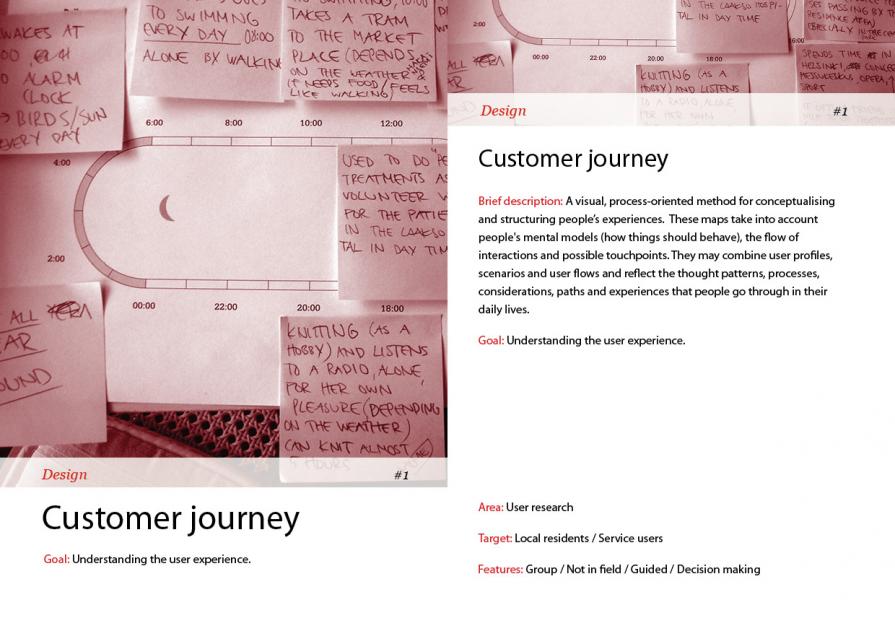

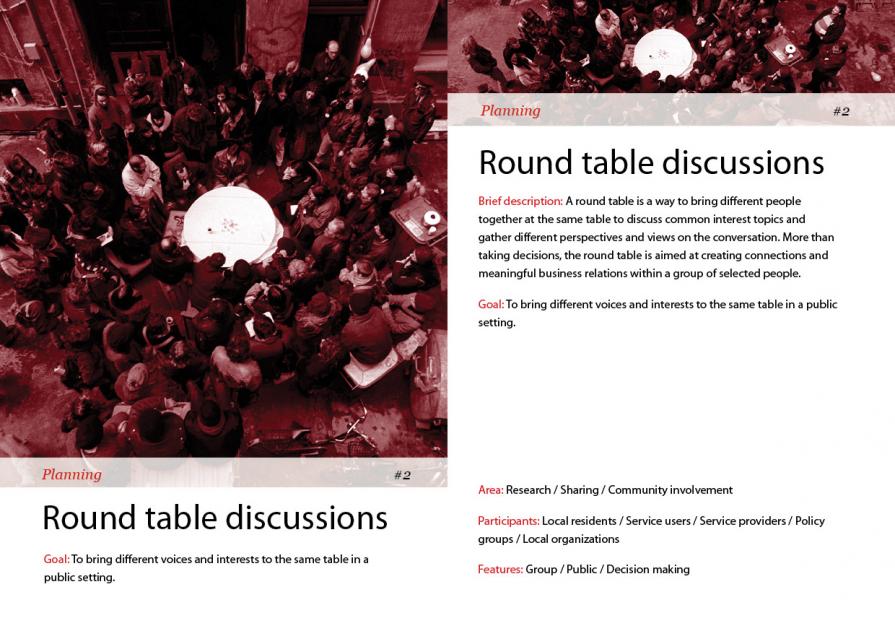

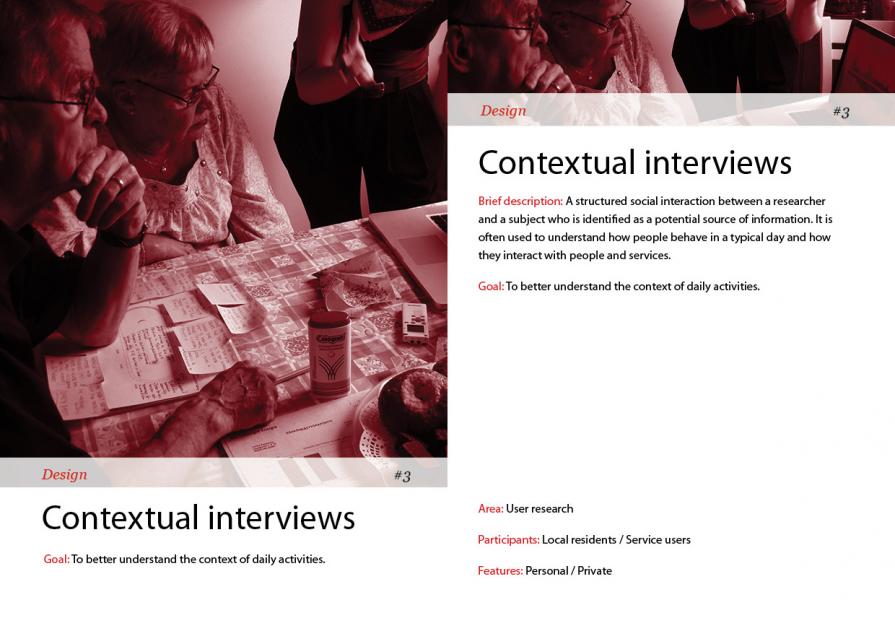

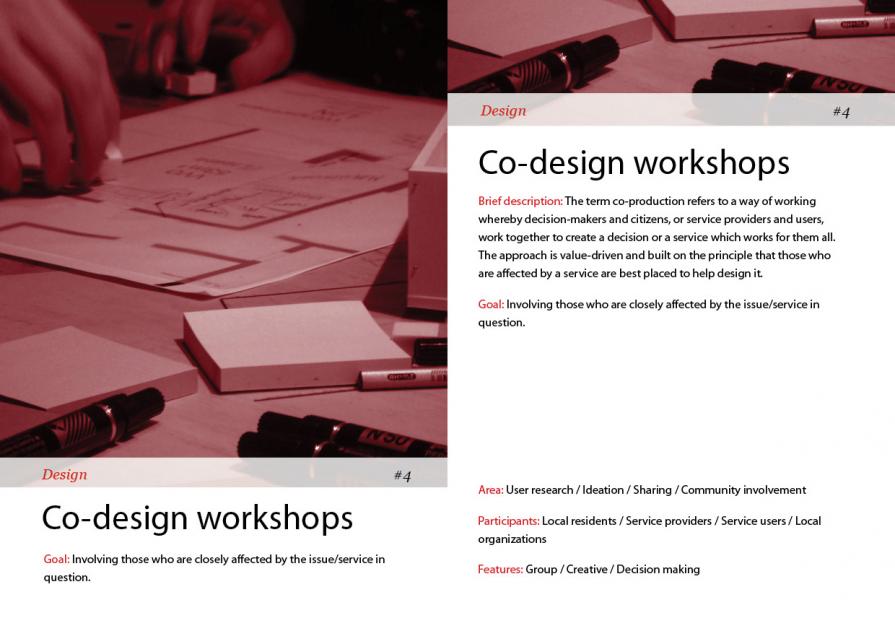

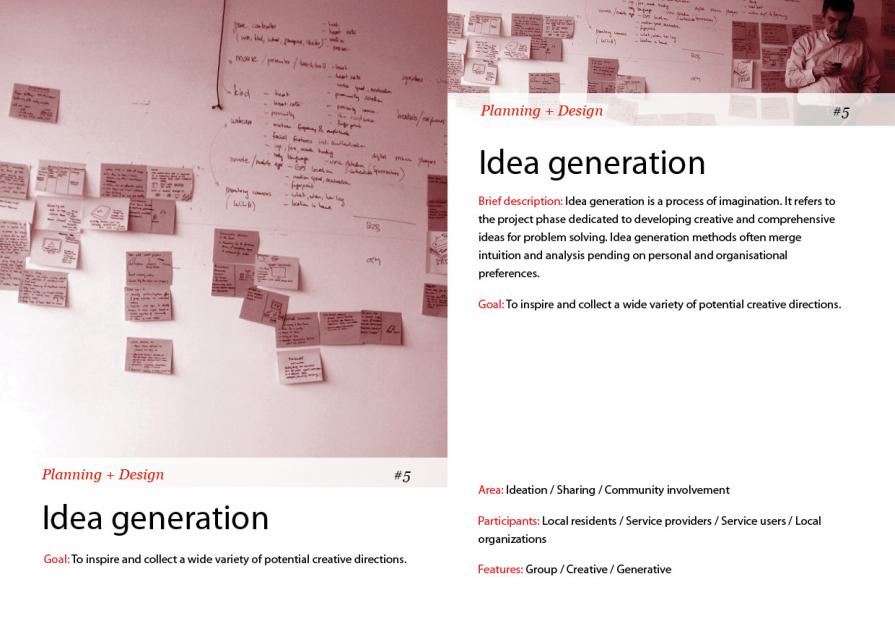

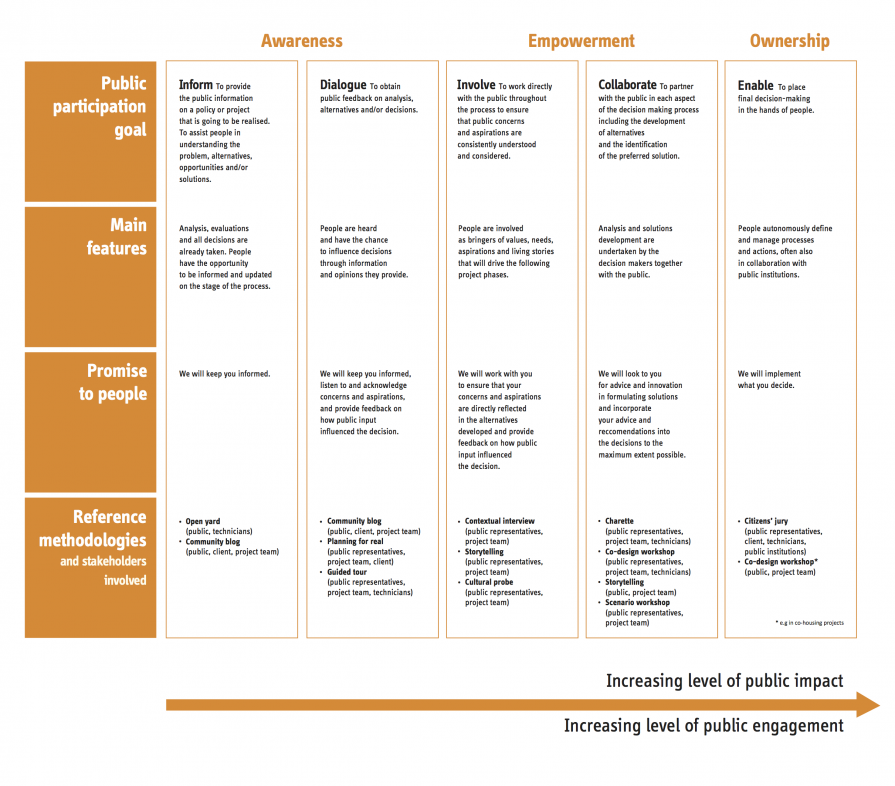







Comments 0
Say something